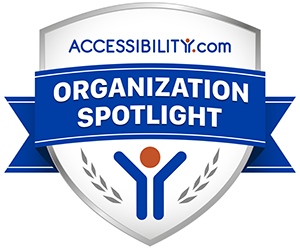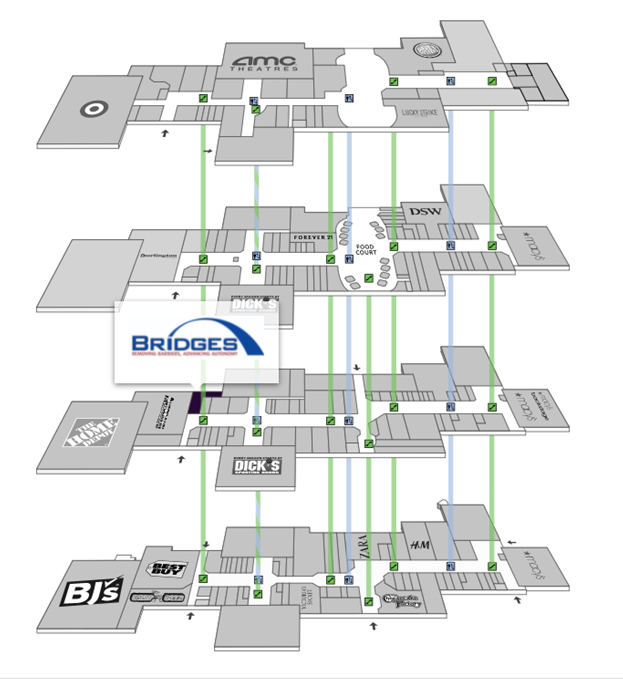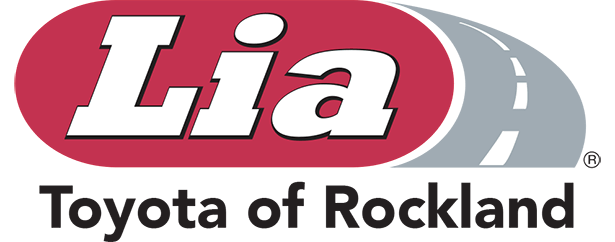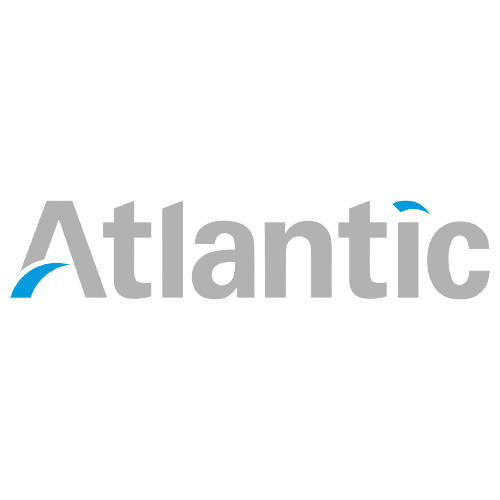
lady in wheelchair
At the time of writing, I will have been an employee of BRIDGES for approximately three months. By all accounts, I am still considered a new hire. Finding a job is difficult, but finding a job as a person with a disability (PWD) often feels impossible. Rather than review the roller coaster that is my employment history, here are a few tips that I have used to find work now and in the past. Note: your results may vary.
- Assess your abilities
While a majority of these points are applicable to all job seekers, this particular point is particularly important for people with disabilities. The Americans with Disabilities Act requires that employers afford employees with disabilities reasonable accommodations during the application process and when performing daily job duties, provided the accommodations do not cause an undue hardship to the employer. The prospective employee must determine which accommodation is necessary (ex. screen reader, equipment modification, frequent breaks) to perform the job and self-advocate.
- Provide proof
More important than the resume or cover letter is proof that you can do the job. Depending on the industry, providing a portfolio of past professional or personal work can be the deciding factor in an interview. I have a master’s degree in my field, but most hiring managers ask about previous work experience and projects. Whatever your experience level, try to bring something unique to the table.
- Be prepared
This can mean a variety of different things: make sure your resume and cover letter are complete, along with interview prep and proper attire. I received my first resume template from a friend; however, there are plenty of great free resources on the internet that can assist new or returning job seekers with the resources to ace any part of the job application process. BRIDGES provides similar services as well.
- Develop an application system-
At my busiest, I was applying to at least 30 to 50 jobs a day, substantially more if nothing on my resume or cover letter needed to be changed. Figure out a daily number that works for you and create a system to apply to as many positions as possible without sacrificing quality for efficiency. My system was as follows: have at least three different job alerts to account for variations in titles (ex. Marketing Specialist, Social Media Manager). If the role is similar to what is listed on the resume, double check all of the materials and send it away but if it is different, try including key phrases found in the application itself to make your submission meet the
requirements of the job. Creating multiple resumes and cover letters makes it easy to apply to similar jobs quickly. Unless otherwise specified, cover letters are an opportunity to elaborate on your noteworthy contributions to the company. Talk about how you add value to organizations by writing about occasions where you showed initiative or took the lead on a project. Provide proof as early as possible. Remember, both the cover letter and resume should be no longer than one page each.
- Be patient
Finding a job is a marathon, not a sprint. I applied to hundreds of jobs before arriving at BRIDGES. Continued rejection is difficult, but the key to most things in life is resilience. Take heart and keep at it!




